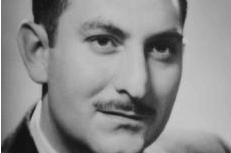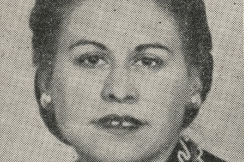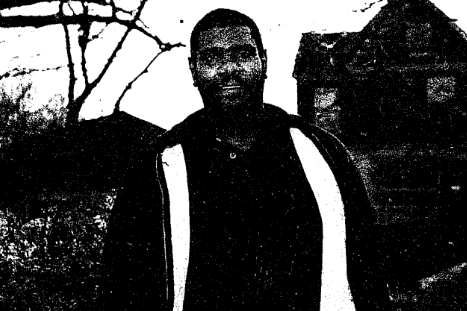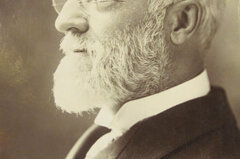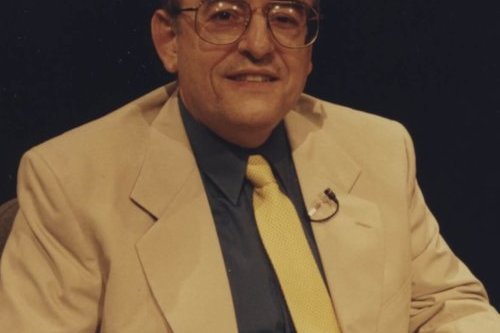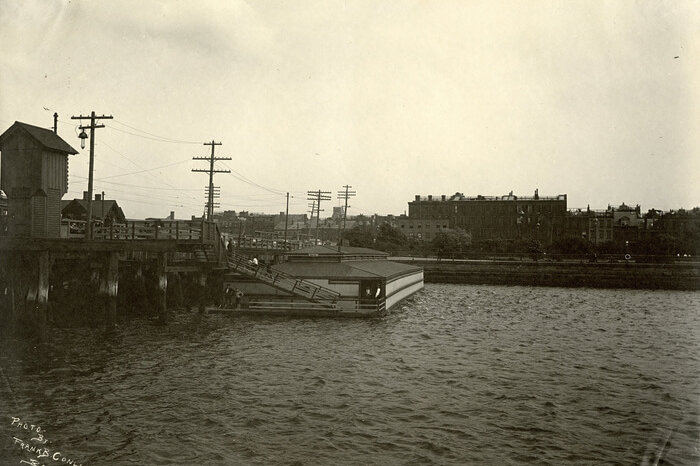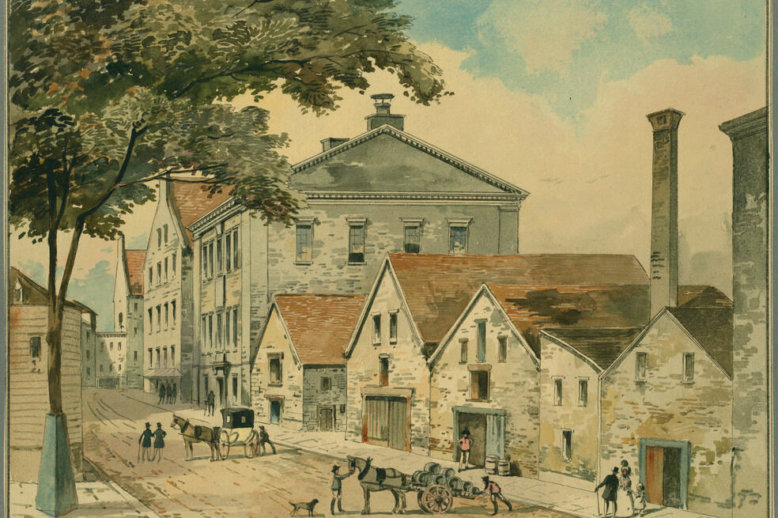West End Hero Squares, Part 1
The tradition of dedicating city squares to service members lost in war began in 1898. Known as Hero Squares, the City of Boston has placed over 1200 memorials of this type throughout its neighborhoods. Easily overlooked as one navigates busy urban streets, an alert pedestrian walking through the West End will notice its share of these memorials to those who sacrificed their lives in duty.



